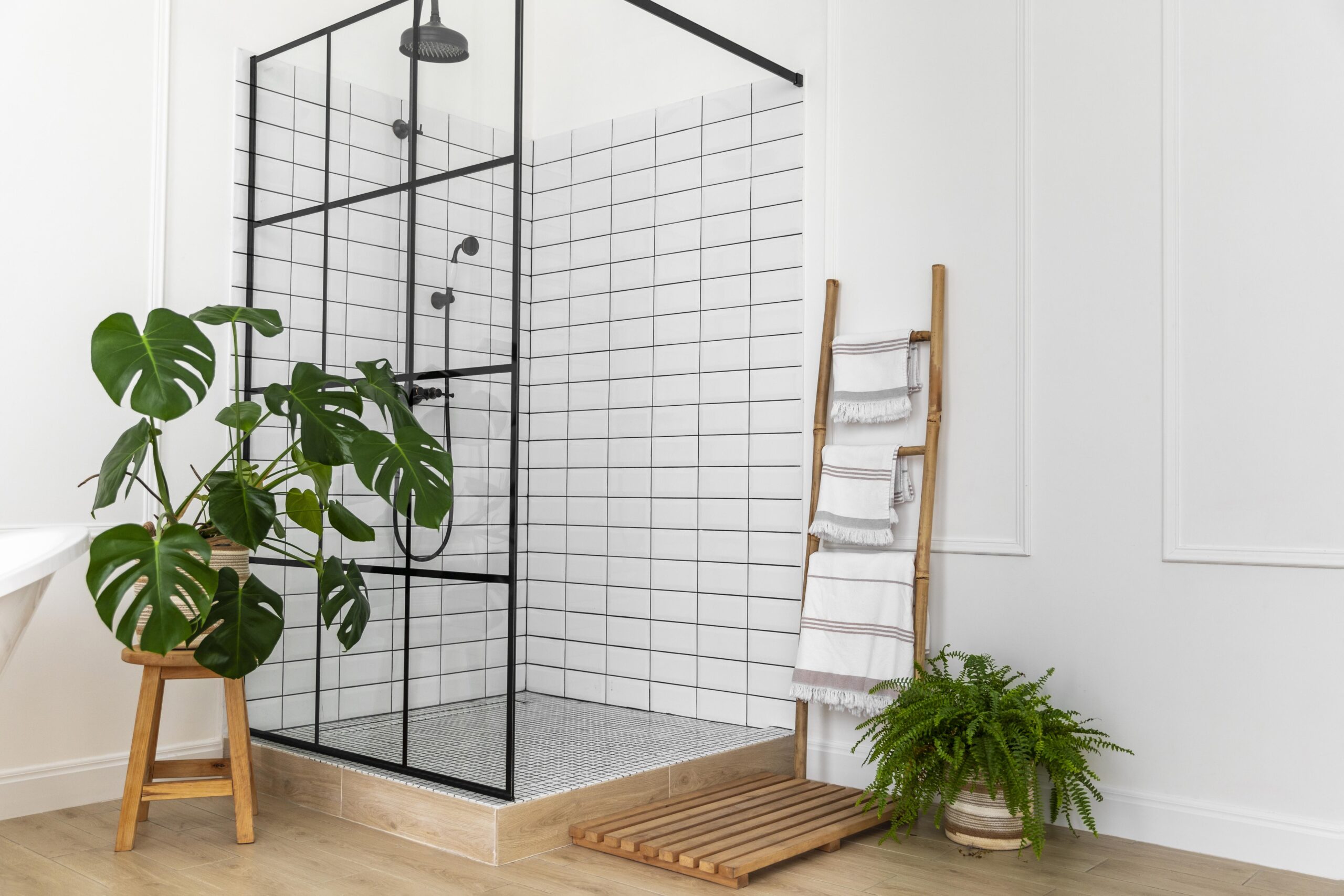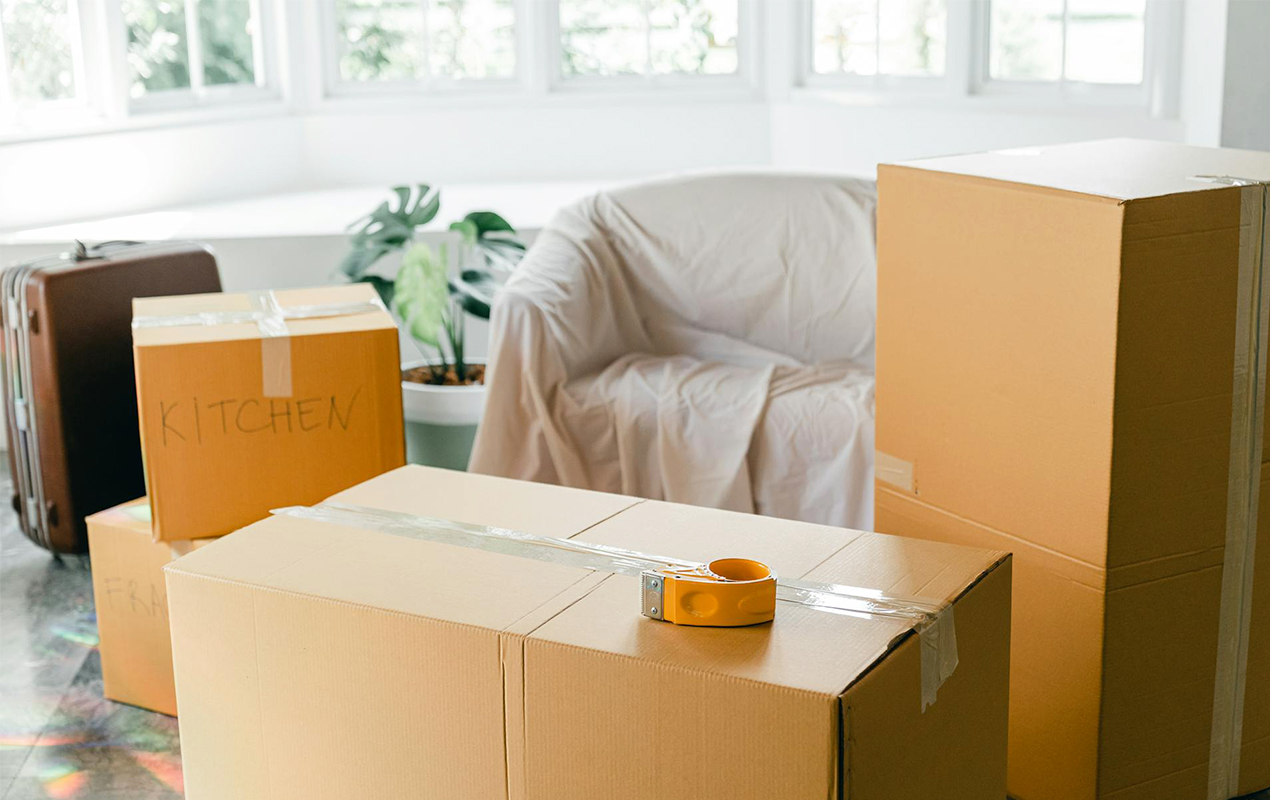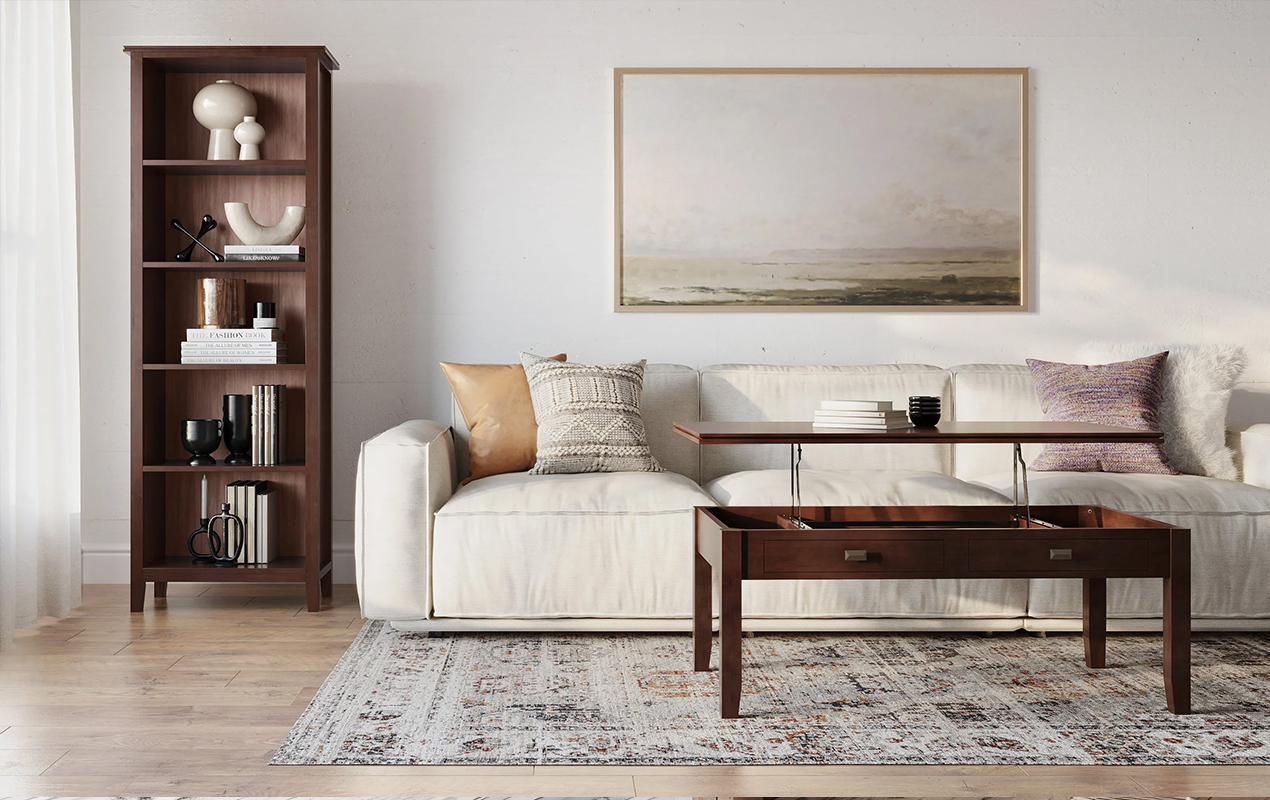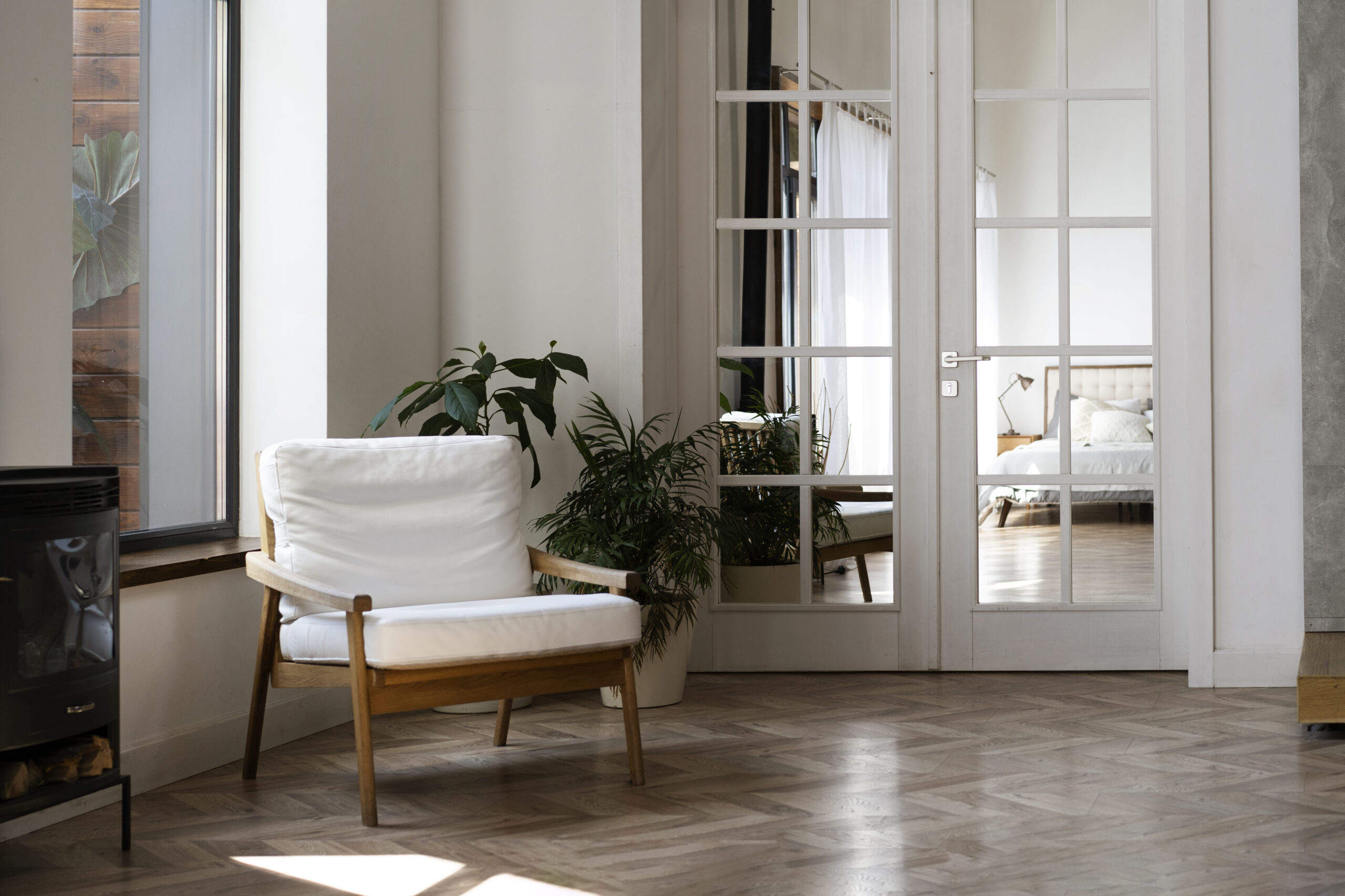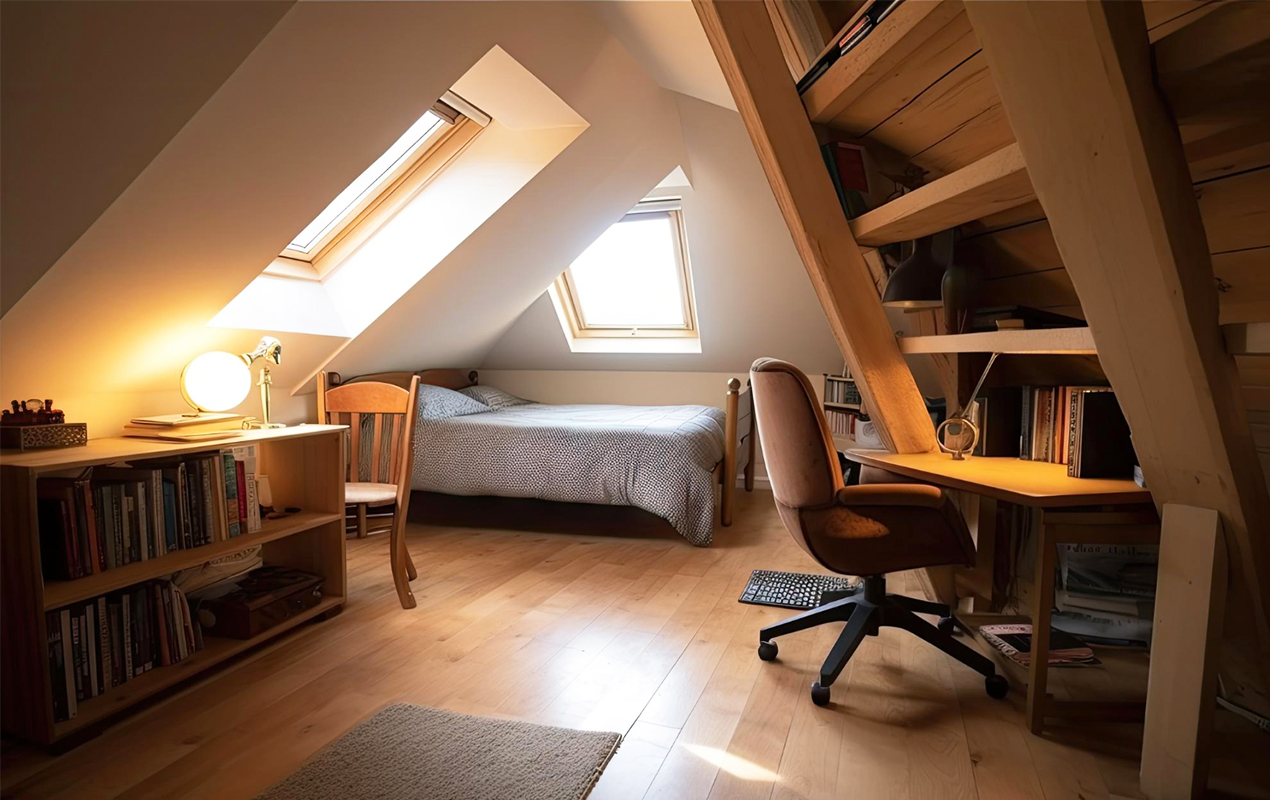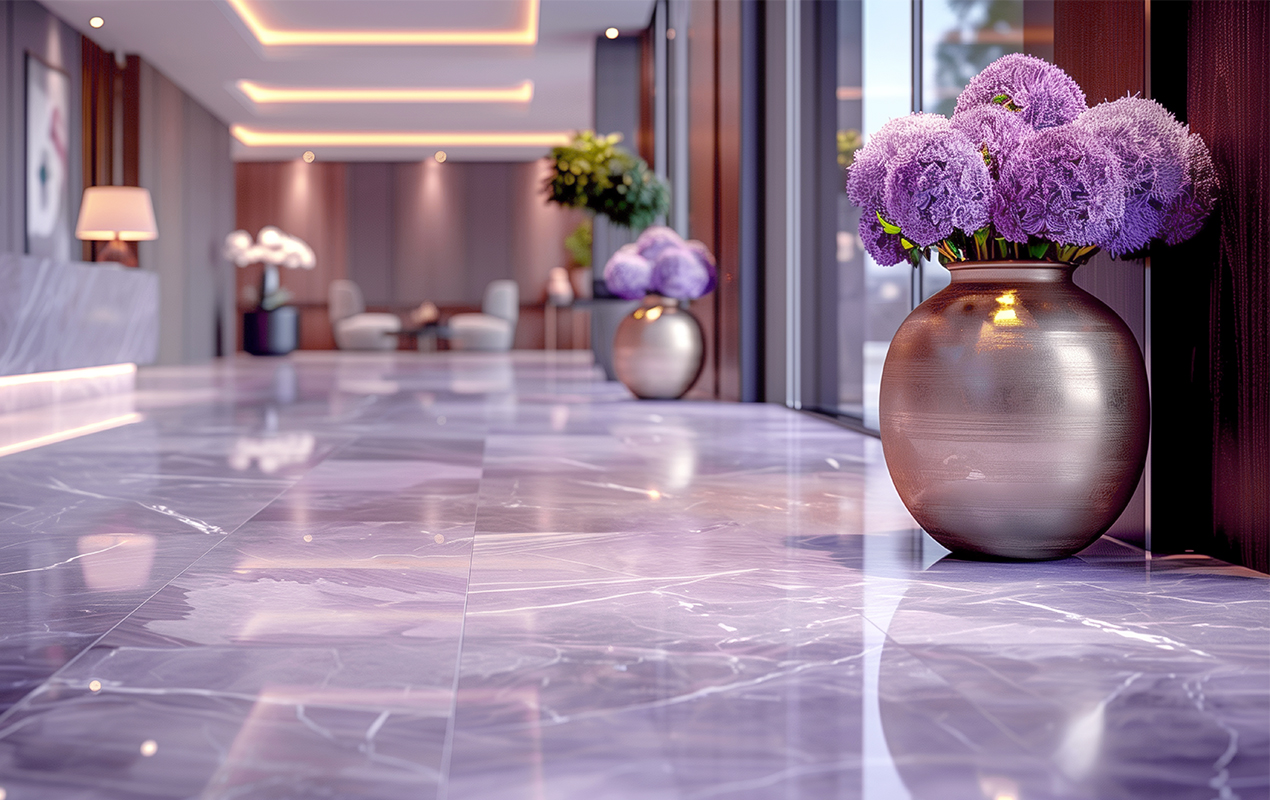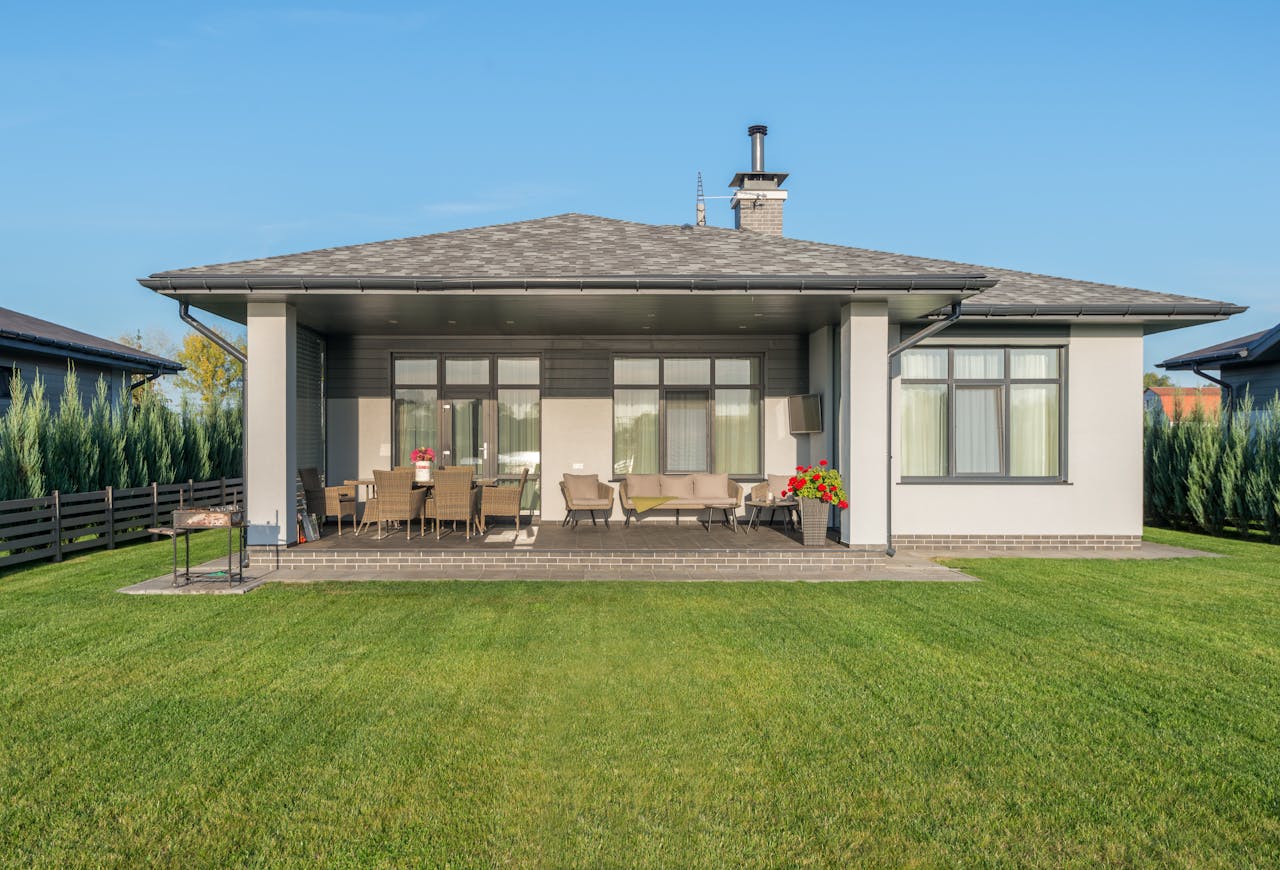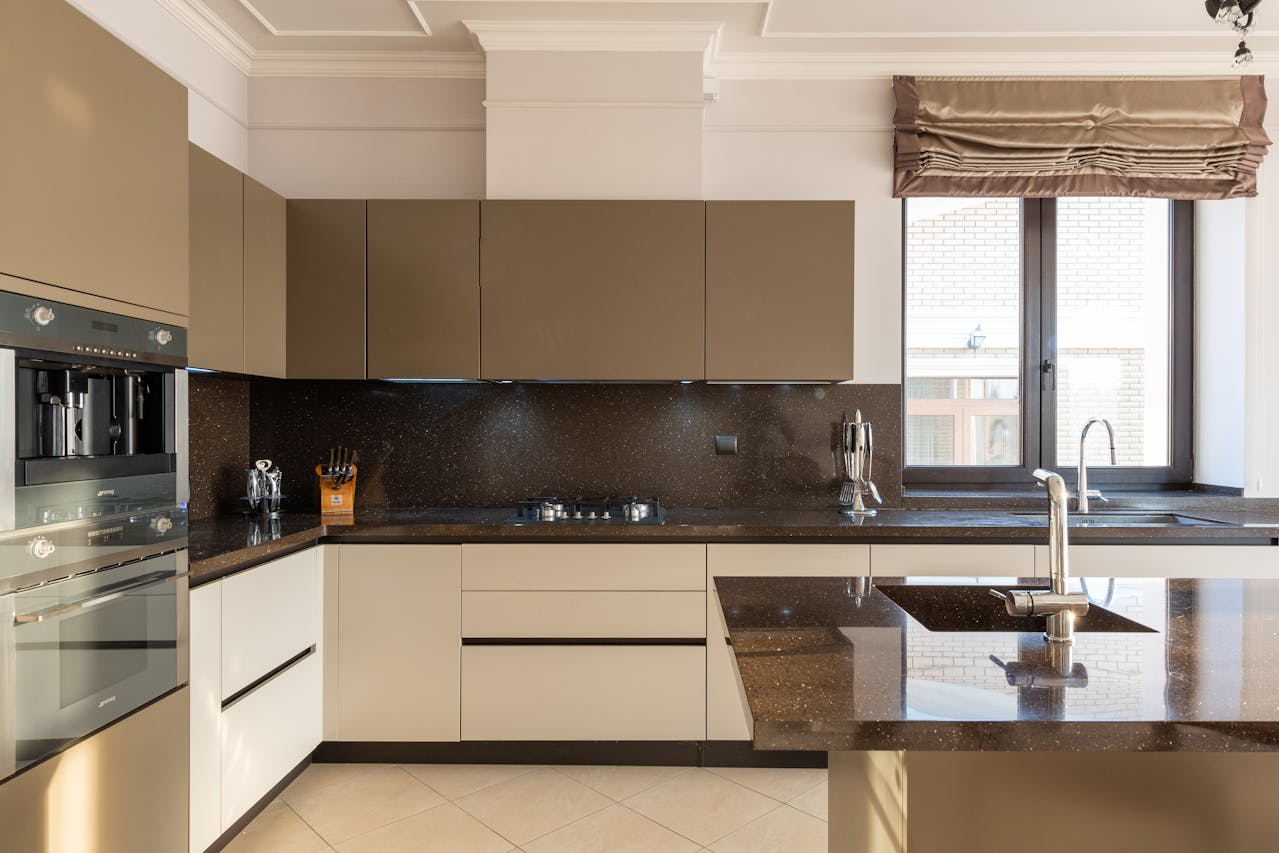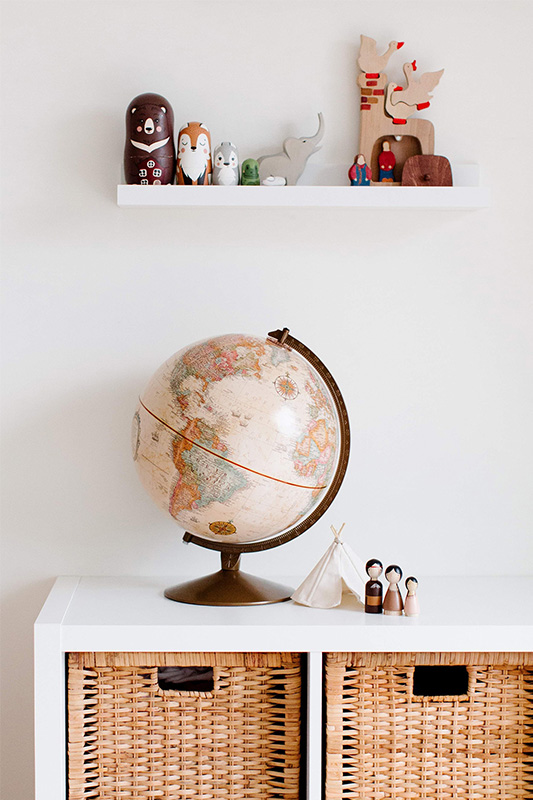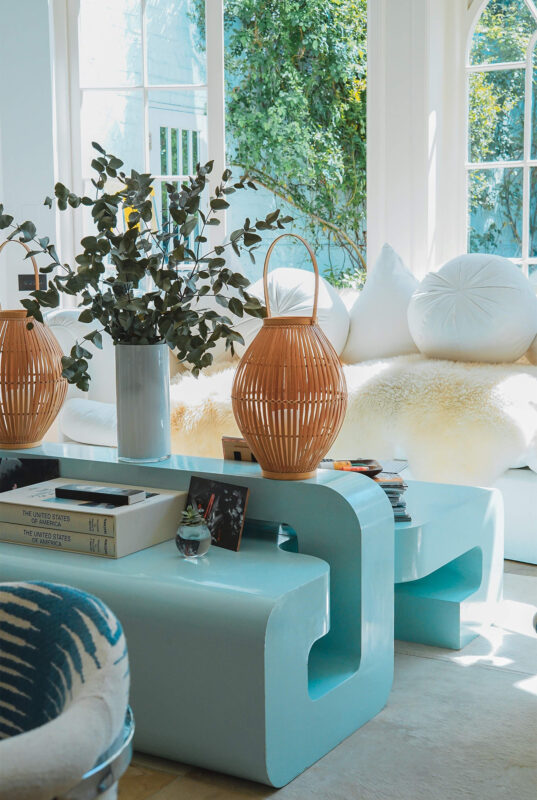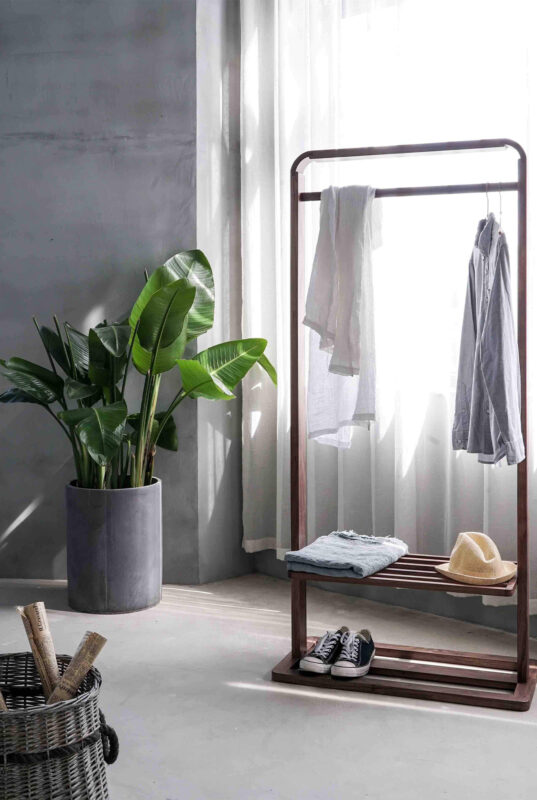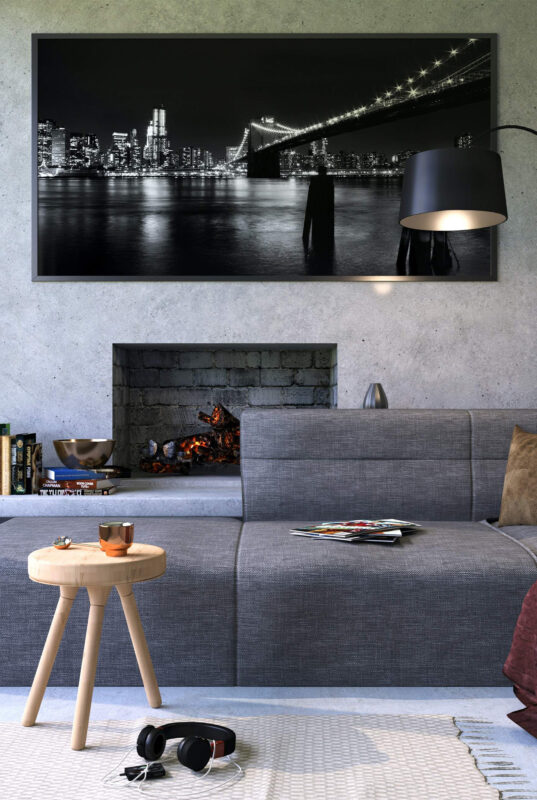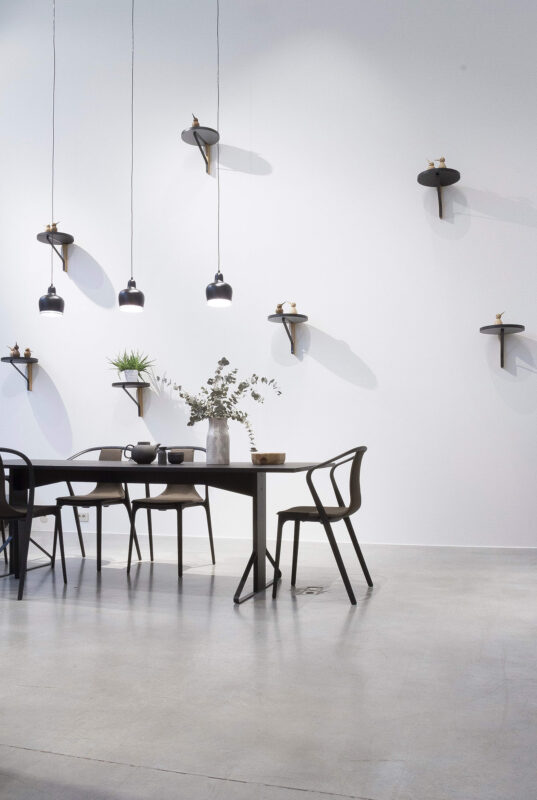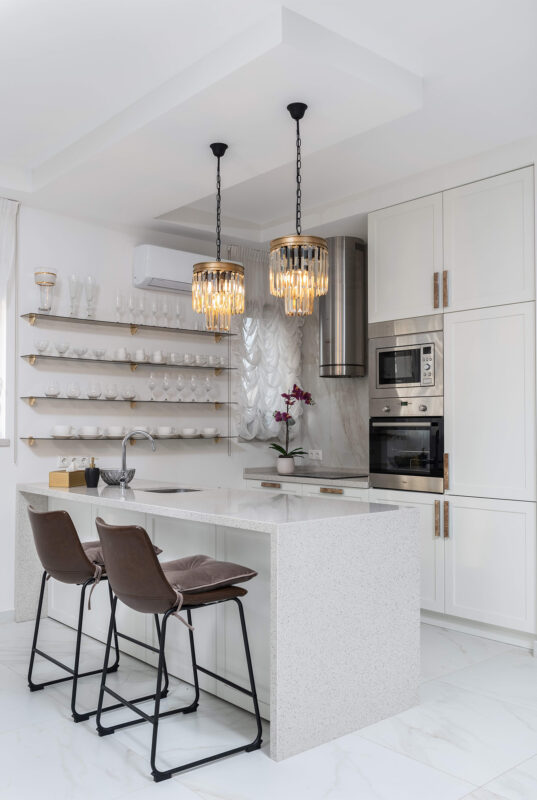The Rise of Virtual Staging Within Interior Design
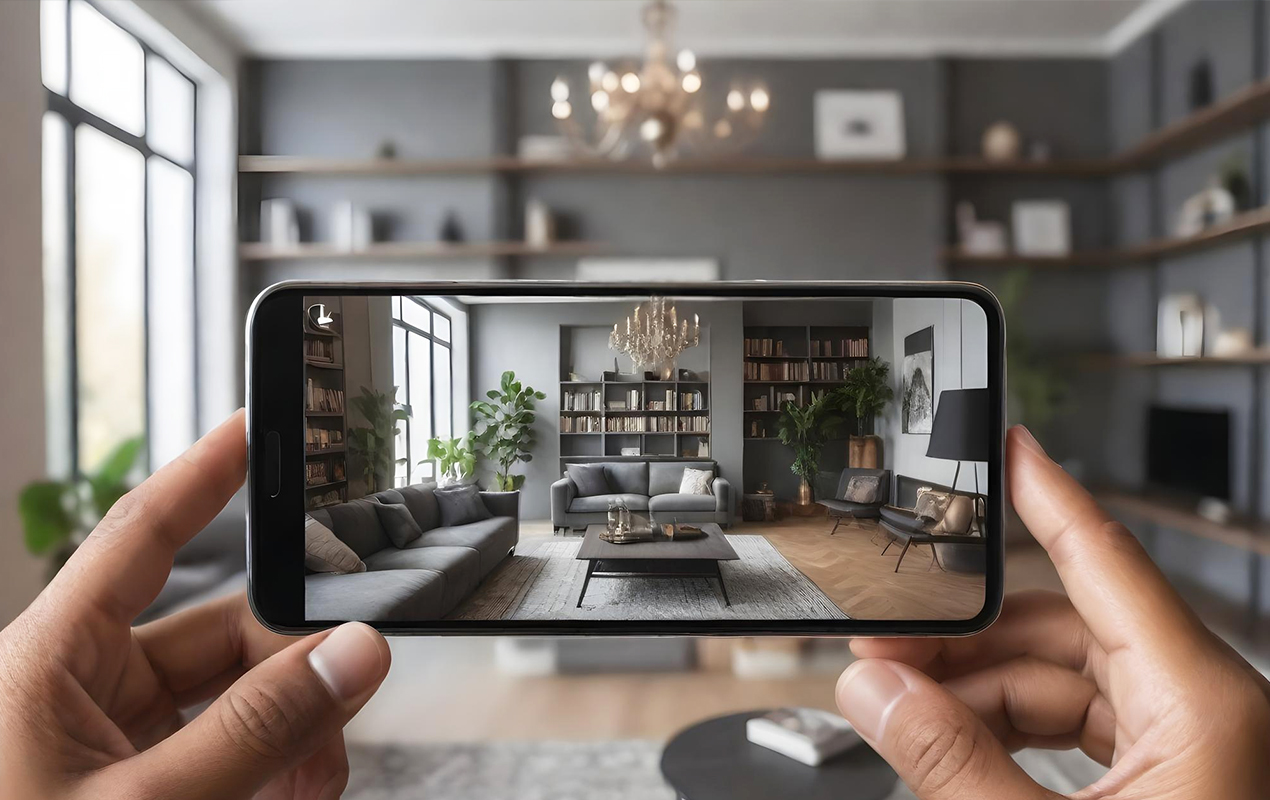
As evolution advances within interior design, what we today know as virtual staging came into being during the late 1960s. It was primarily used in the gaming industry, and to a lesser extent, in animated films and TV shows. As time passed and virtual staging was further explored, it gained popularity like never before, and, around the turn of the century, found its way into the real estate industry and, more specifically, into real estate marketing.
Previously, the nature of traditional home staging – from time and money to human resources – had become the tipping point for people to opt for a simpler and accessible alternative, while the recent epidemic of social distancing through the spread of COVID-19 hastened the shift of virtual staging. Lately, we’ve been witnessing the extensive use of this technology in interior design due to its high functionality throughout the entire industry.
How Does Virtual Staging Work?
If virtual doesn’t ring a bell, here’s how it used to be done (with emphasis on “used to”). You would take a photo of an unfurnished room, and a stager would furnish it in a digital space. That way, you could oh-so-easily visualize how the room would look with various furniture and decor options. However, you would have to wait for hours, or even a day or two, to get the results.
But now, you don’t have to wait long or even ask for help, with online tools like AI HomeDesign can stage room type in a matter of seconds. Simply upload the needed photos, choose your preferred colors and styles, and in a few seconds, you can see the results. Now we’ve explained the basics of virtual staging, let’s review some of the ways it can be of help with interior design.
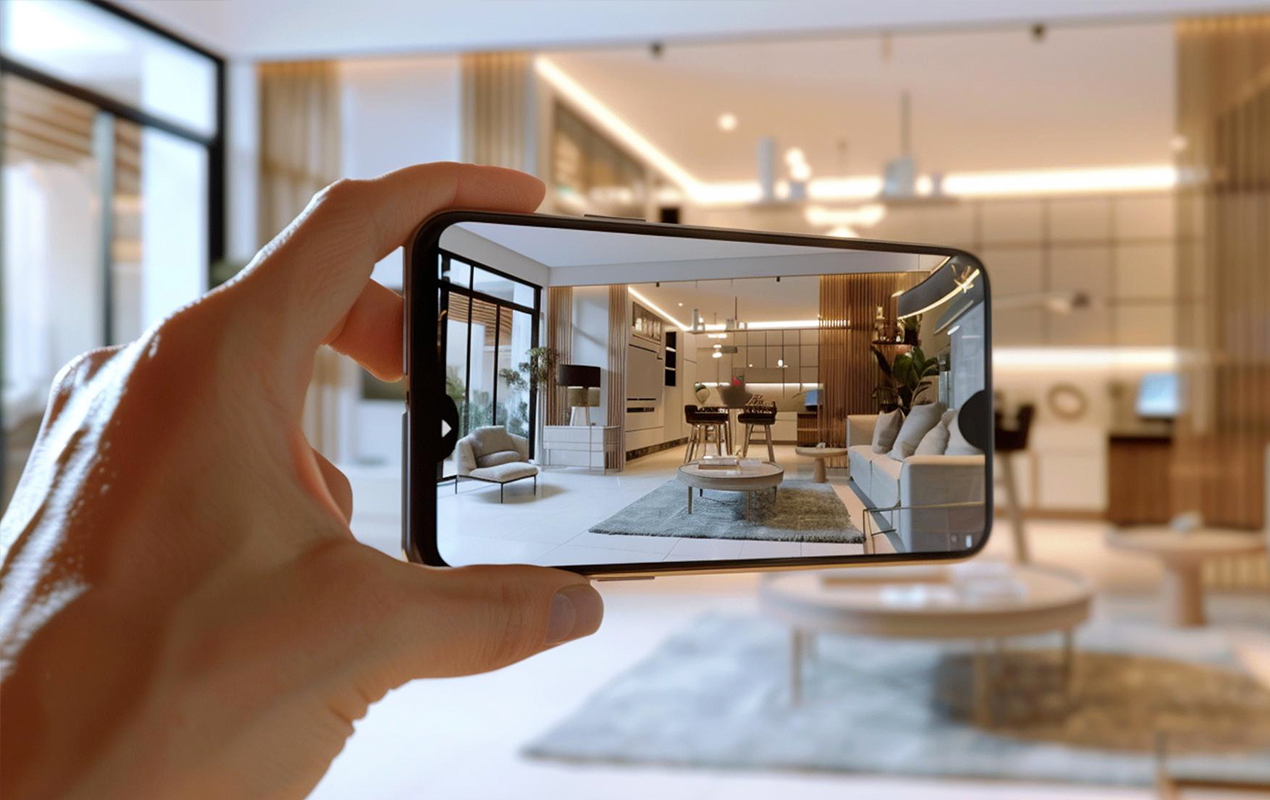
Photo by Wisetchat from Freepik
How Virtual Staging Contributes to Interior Design
Before we continue, we need to keep one thing in mind. As with any product or service, not all tools or individuals used to stage are necessarily practical. What we mean by “virtual staging service” in this piece may never be applied to poorly done projects overlooking the most fundamental aspects, such as proper lighting, realistic furniture placement, picture-perfect quality, etc. Service quality indeed varies among those who claim to offer staging services, and we’d recommend browsing and previewing online products and platforms to find what’s best suited for you.
No need to imagine: Everything in Plain View!
A designer must have a strong imagination to visualize the full potential of a space before even putting pen to paper (or hand on a mouse in this day and age). Unfortunately, however, what we imagine does not always align with the final outcome. It may look amazing in your head yet turns out the opposite in reality.
One advantage of a virtual staging service is it brings everything to plain view, allowing us to see everything clearly before we move ahead. So, when an interior designer wonders “What type of wallpaper would make this bedroom aesthetic?” there’s minimal guesswork. They can bring the visualization to life or browse through a series of options to decide on the appropriate colors, patterns, and styles. Thus, it’s safe to say that when we first test everything in a digital space, we come up with a more accurate design to align with client preferences.
Juggling Client Expectations and Designer Preferences
Every client has certain expectations with how they want their place to look. Whereas, each designer has their own style and preferences they like to instill and execute. Sometimes, especially with selective clients, finding a middle ground can be challenging.
As a designer, you can digitally stage a room based on your professional advice and present virtually staged rooms to your clients to see if they fit the specific expectations. If they suggest changes, they can be easily applied within a digital space before a design is set in stone, giving weight to their voice. This way, before the work begins, you can ensure the design meets expectations and there will be no misconceptions.
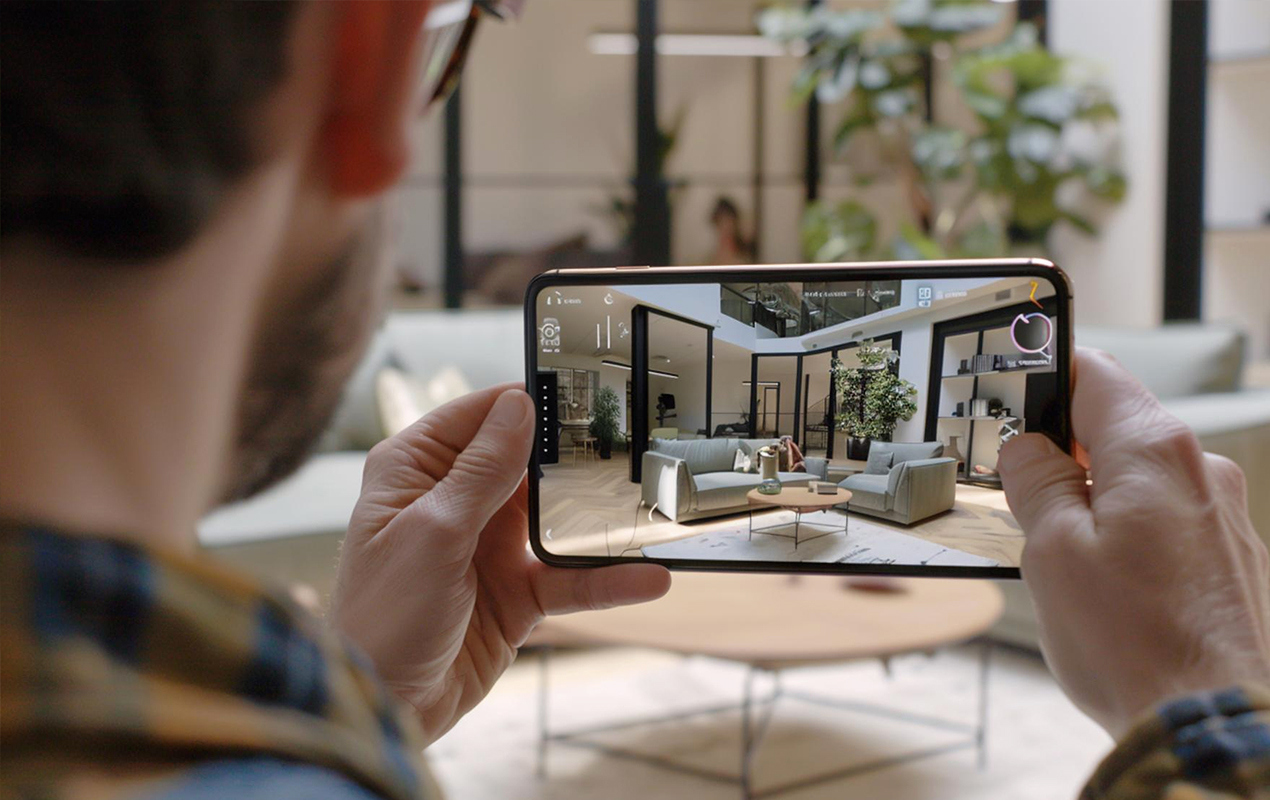
Photo by Wisetchat from Freepik
Source of Inspiration and Ideation
We’re sure you’ve heard of writer’s block; artists and designers often suffer from this too, if not more so. In everyday life, we’re not always divinely inspired. In fact, our busy lives rarely give us a chance to get those creative juices flowing.
Another way designers benefit from virtual staging is by utilizing it to build new design styles, mixing diverse elements of different concepts, ideal for those wanting to develop new innovative approaches. So, if you ever wonder how a mixture of say, Farmhouse and Traditional styles would look, considering a virtual staging service allows you to bring ideas to life, testing them out before moving ahead with execution.
DIY Designing Made Easy
It’s not every day you wish to take matters into your own hands, especially furniture rearrangements shuffling, or more permanent changes like painting walls or ceilings. But from time to time, we all get that urge to get imaginative and take on a not-so-routine project. We’re all human, after all, and sooner or later, we decide to rearrange and refresh our spaces, ranging from replacing worn-out or damaged furniture, adapting to seasonal changes, or simply seeking a new look.
However, DIY projects without expertise tend to go awry, and it’s better to plan ahead and ensure the end doesn’t leave you in a bittersweet state. Before beginning a laborious task, consider a relevant staging service to come up with the right layout, the most pleasing look, and the roadmap on how to go about realizing them. You could replace one piece, say a broken coffee table, with a new upgrade and a change in style, move around entire furniture sets, or even set about redecorating and designing the entire interior. Have fun, tweak around all you want, and after you are sure everything is in place, you can bring the new arrangement to life.
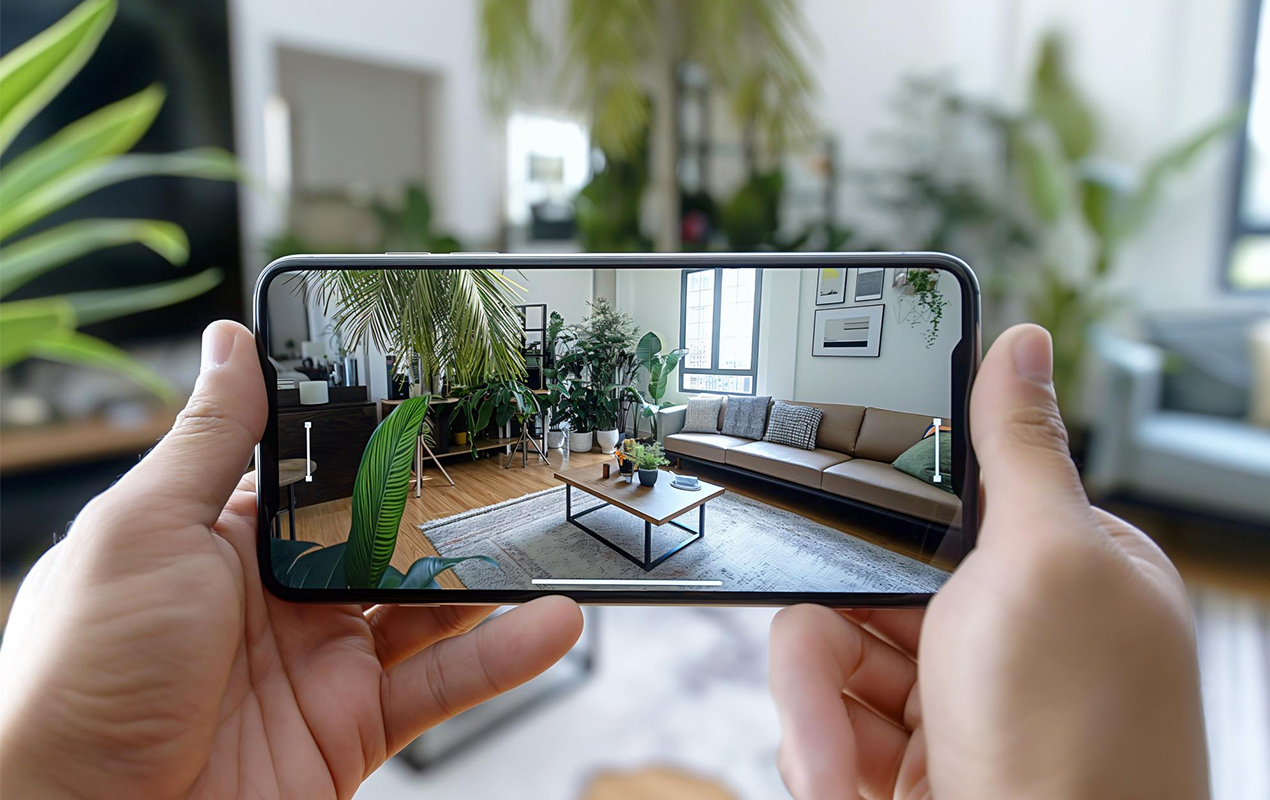
Photo by Mochuelo Marin from Freepik
Embrace the Future
While design will always remain an art in need of human touch, technology can surely help improve it. Virtual staging is one of many modern-day technologies that enrich the design process through realistic visualizations, bridging the gap between imagination and reality, and facilitating better communications between designers and clients. It saves time, reduces costs, and opens up new avenues for creativity, making it invaluable in the modern designer’s toolkit.
The future of design is here, and it’s more exciting and accessible than ever before. With virtual staging, you no longer need to rely solely on your imagination or spend endless hours and resources on physical setups. This concept is accessible and brings your ideas to fruition in vivid detail, allowing you to experiment with different styles, layouts, and hues with just a few clicks.
Whether you’re an experienced designer looking to impress your clients or a DIY enthusiast eager to refresh your space, virtual staging bridges the gap between imagination and actuality, assuring what you envision is precisely what you get. So why wait?

